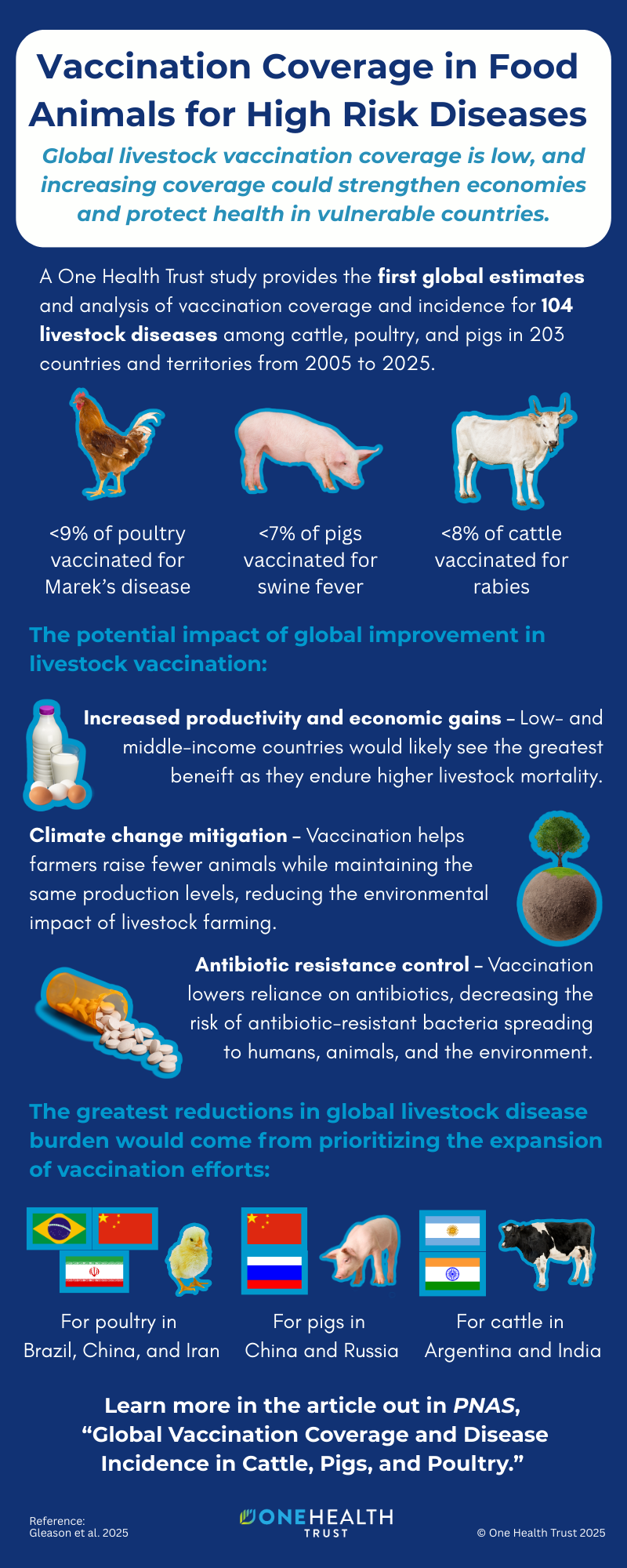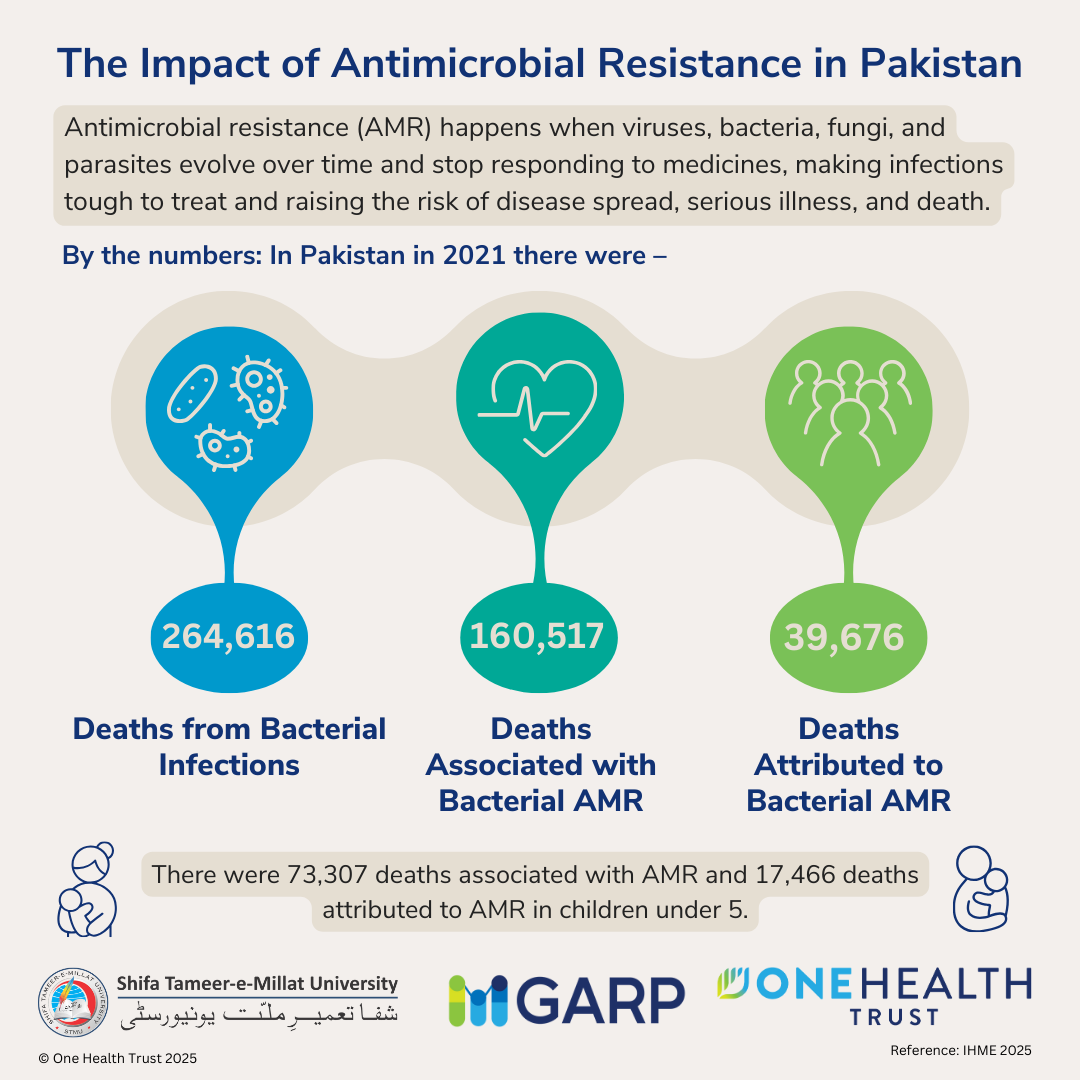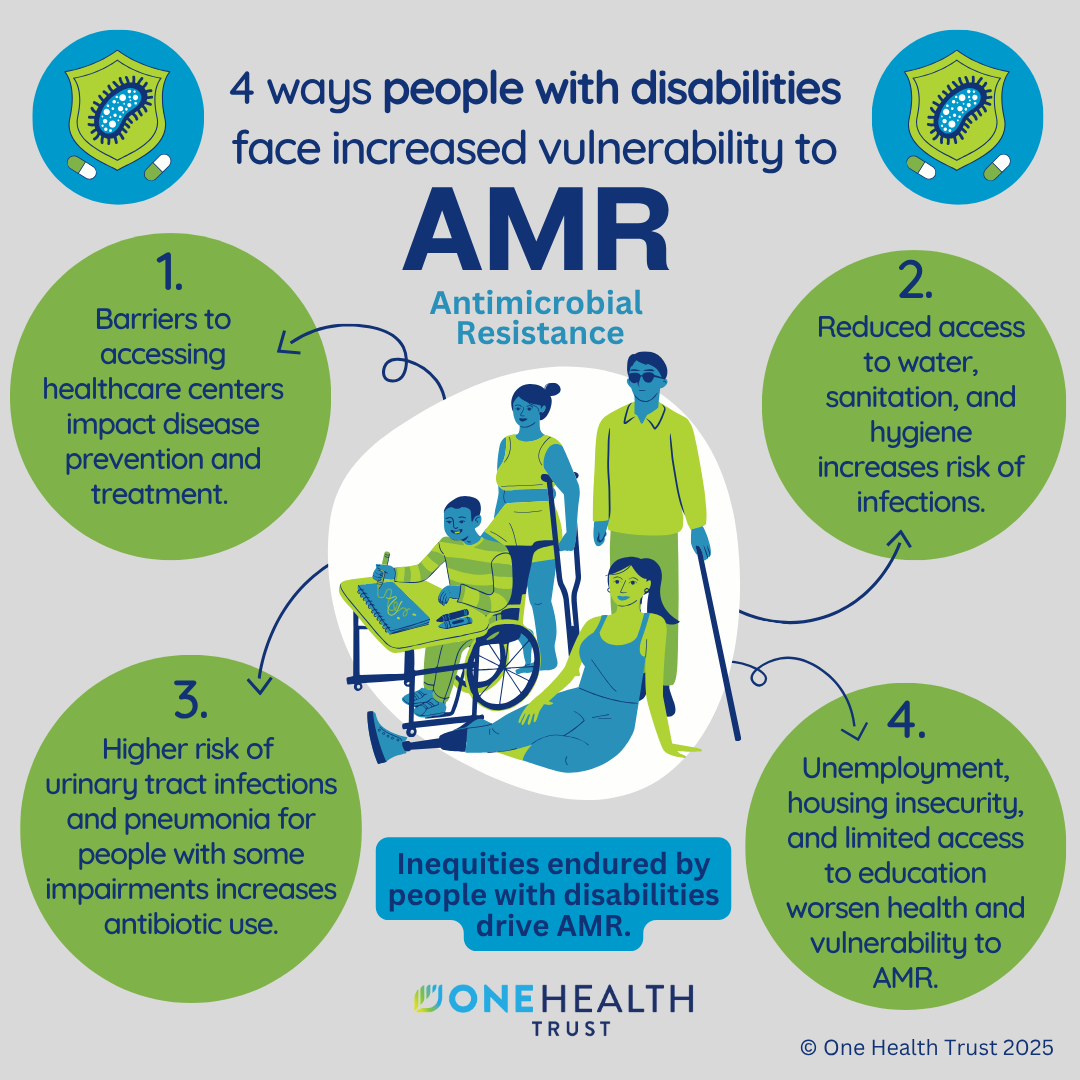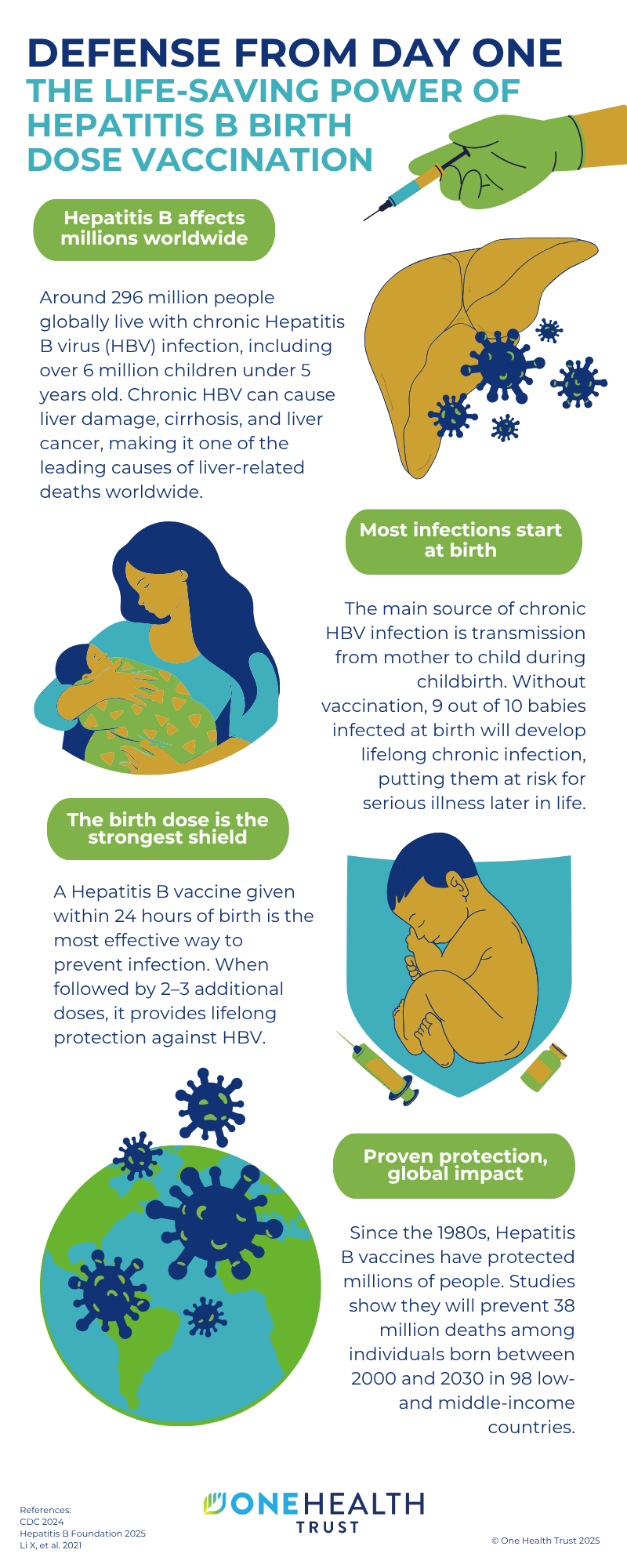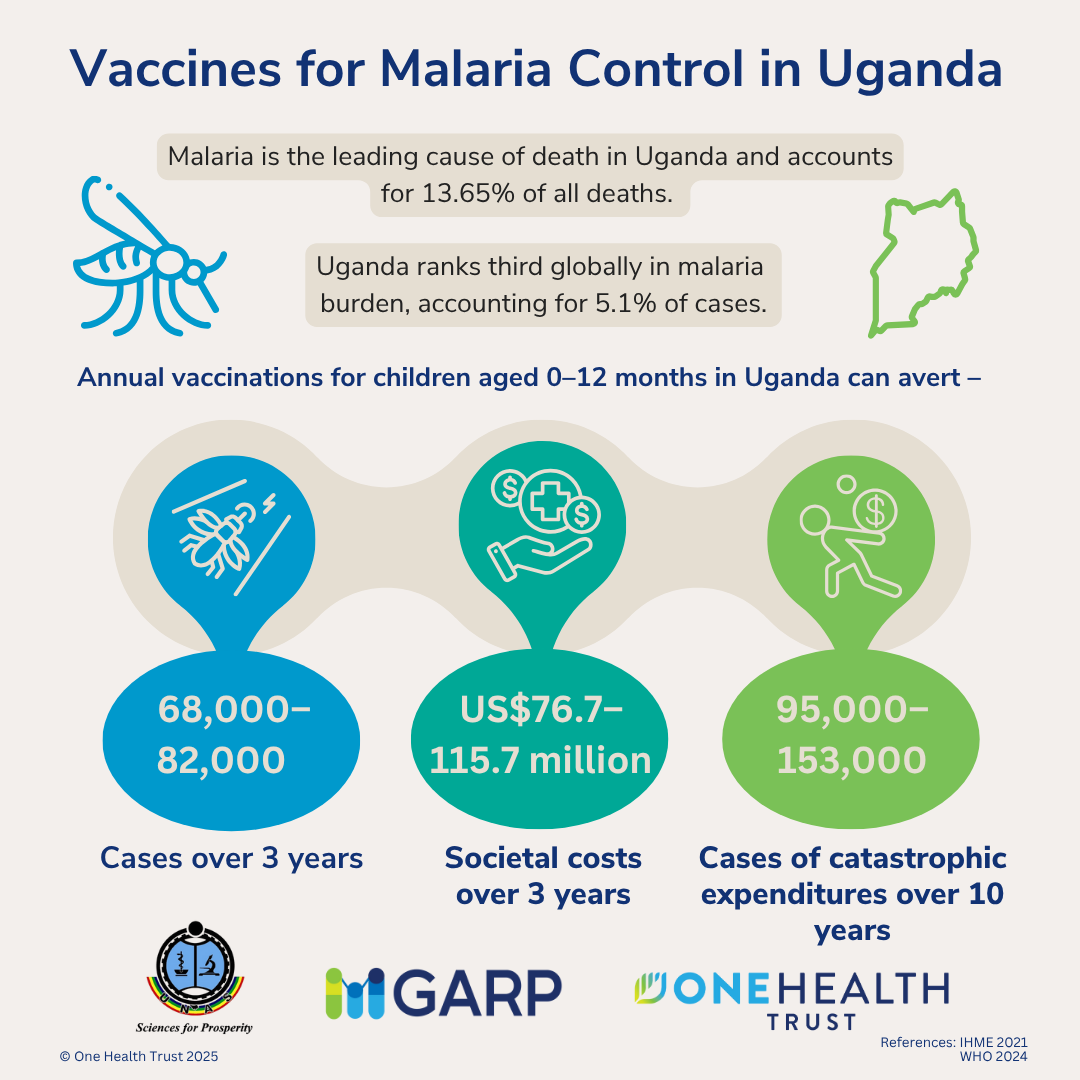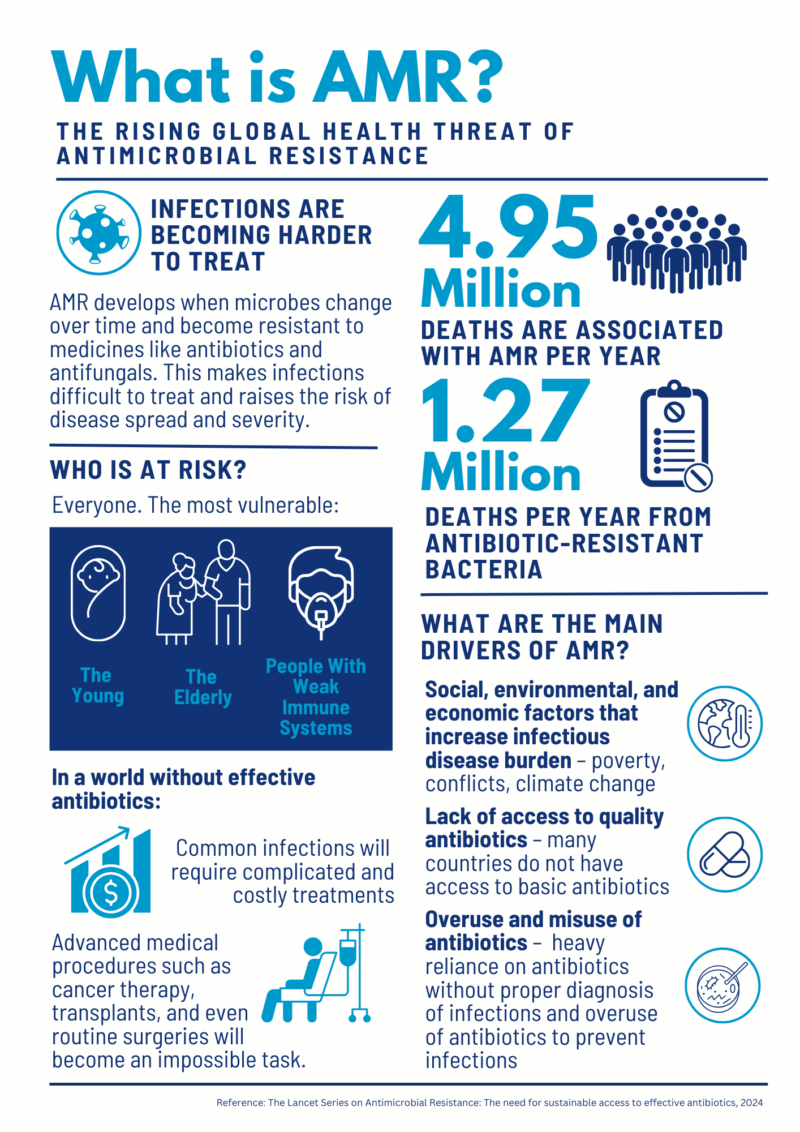
August 15, 2024
The rising Global Health Threat of Antimicrobial Resistance (AMR)
Infections are becoming harder to treat
- AMR develops when microbes change over time and become resistant to medicines like antibiotics and antifungals. This makes infections difficult to treat and raises the risk of disease spread and severity;
- 4.95 million deaths are associated with AMR every year;
- 1.27 million deaths per year from antibiotic-resistant bacteria.
Who is at risk?
Everyone!
The most vulnerable are:
- The young
- the elderly
- people with weak immune systems
In a world without effective antibiotics:
- Common infections will require complicated and costly treatments;
- advanced medical procedures such as cancer therapy, transplants, and even routine surgeries will become an impossible task.
What are the main drivers of AMR?
- Social, environmental, and economic factors that increase infectious disease burden – poverty, conflicts, climate change;
- lack of access to quality antibiotics – many countries do not have access to basic antibiotics;
- overuse and misuse of antibiotics – heavy reliance on antibiotics without proper diagnosis of infections and overuse of antibiotics to prevent infections.

